News & Updates
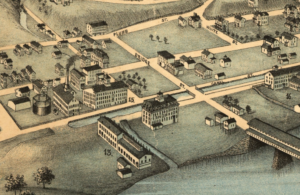
The Derby Silver Company
The Derby Silver Company was founded in 1872 and began operations on Shelton’s Canal Street one year later.
Read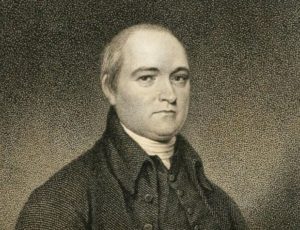
Timothy Dwight Dies – Today in History: January 11
On January 11, 1817, Timothy Dwight (theologian, educator, poet, and eighth president of Yale) died in New Haven, Connecticut.
Read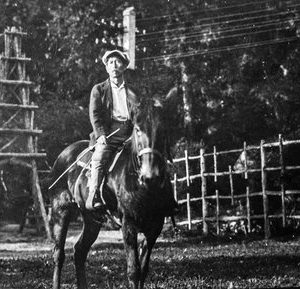
Yukitaka Osaki and Gillette Castle: One of Hadlyme’s First Japanese Immigrants
For over four decades, Japanese-born Yukitaka Osaki worked for Gillette, becoming a recognizable neighbor in the Hadlyme community.
Read
Connecticut Ratifies US Constitution – Today in History: January 9
On January 9, 1788, Connecticut became the fifth state to ratify the Constitution of the United States.
Read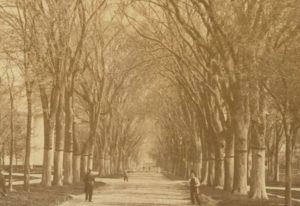
A Beautiful and Goodly Tree: The Rise and Fall of the American Elm
Almost every Connecticut town has an Elm Street, named for the popular trees that grew in abundance until a fungal infestation greatly diminished their numbers.
Read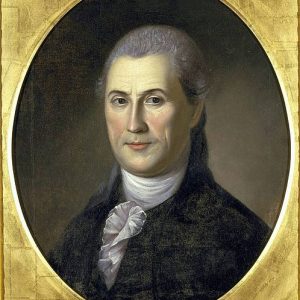
Samuel Huntington, the first President of the United States, dies – Today in History: January 5
Samuel Huntington not only served as Connecticut’s governor and a member of the Continental Congress, but, some would argue, the first President of the United States.
Read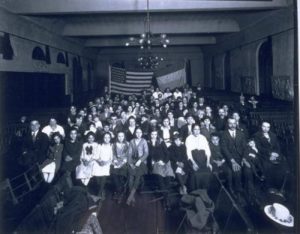
Building an Armenian Community in New Britain
Since the late 19th century, Armenian immigrants and descendants have created a community and shaped New Britain history.
Read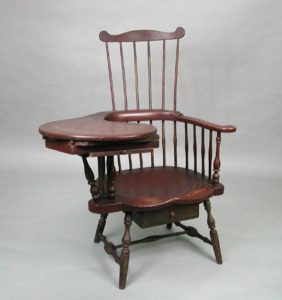
Ebenezer Tracy Made Some of the Finest 18th-Century Furniture
Ebenezer Tracy was a carpenter from Lisbon, Connecticut, who specialized in making fine, hand-crafted furniture.
Read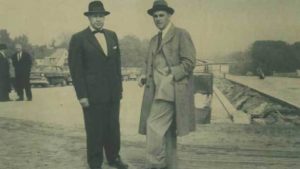
Connecticut Turnpike Opens – Today in History: January 2
On January 2, 1958, Governor Abraham Ribicoff officially opened the Connecticut Turnpike—today the Governor John Davis Lodge Turnpike—to traffic.
Read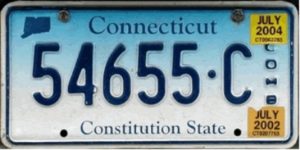
Creative License, or Fundamental Fact?
In 1973, the state legislature mandated that Connecticut’s license plates should display the state slogan “Constitution State.”
Read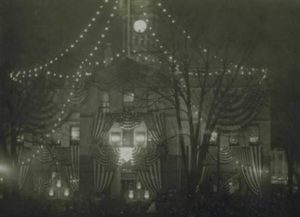
A Turn-of-the-Century New Year’s Eve
Hailed as the “Century Celebration,” the evening of December 31, 1900, saw revelry and reflection as individuals throughout the state welcomed the New Year.
Read
Early Church Bell Founders
Church bells served many important functions in early New England. Consequently, skilled bellfounders in Connecticut found themselves in high demand.
Read
Birth of the Brass Valley
The brass industry in Waterbury began in the mid-18th century and provided an alternative for people struggling to make a living off the rocky, exhausted soil.
Read
William Pinney Does It All for Ellington
A lifelong resident of Ellington, William N. Pinney served his town and his state up until his death at the age of 90.
Read
Bird’s-eye Views Offer Idealized Portraits of Progress
Panoramic prints of growing cities and towns became popular in the late 1800s as Connecticut transformed from an agricultural to an industrial state.
Read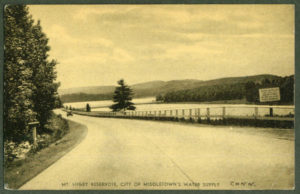
Middletown’s Reservoirs Drive Growth Throughout the 19th and 20th Centuries
The Laurel Brook and Mount Higby Reservoirs helped provide reliable sources of water that drove the growth of Middletown.
Read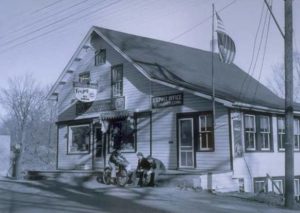
Connecticut’s Christmas Town
Nestled in a quiet section of Litchfield County lies the picturesque town of Bethlehem, known best for its designation as “Connecticut’s Christmas Town.”
Read
The Living Actually Haunted Many Connecticut Taverns – Who Knew?
Early Connecticut laws deemed anyone who spent excessive time in taverns as a “tavern haunter” and subjected them to fines and ridicule.
Read
Sending Season’s Greetings: Christmas Cards in Connecticut
For nearly a decade, this little Connecticut town was renowned as the Christmas-card center of the world.
Read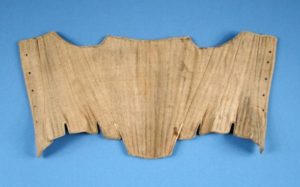
Little Nutmeggers: Four Centuries of Children’s Clothes and Games
Modes of dress and means of play for youngsters reflect more than changing tastes; they reveal shifts in societal attitudes toward the pre-adult years.
Read
Hartford’s “Façade House”: The Unique Home of Chick Austin
A. Everett “Chick” Austin Jr. and his wife, Helen, designed one of the most unique homes of the 20th century in Hartford.
Read
The Hartford Convention – Today in History: December 15
On December 15, 1814, delegates to the Hartford Convention met in secret at the Old State House in Hartford.
Read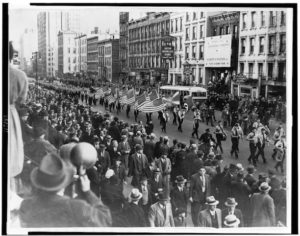
Southbury Takes On the Nazis
When the Nazis moved into Southbury, however, local citizens reacted forcefully, eventually pushing the anti-Semitic settlers out of the state.
Read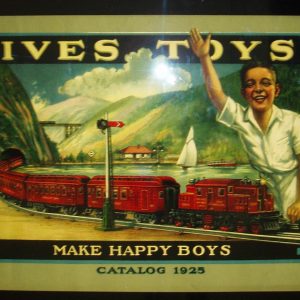
The Ives Manufacturing Company: Connecticut’s Foremost Toy Maker
The Ives Manufacturing Company—arguably Connecticut’s most famous toy company—became known for its variety of clockwork toys and trains.
Read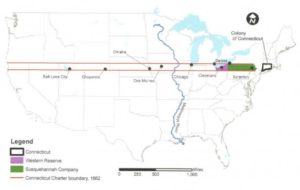
From the State Historian: The Map That Wasn’t a Map
The Charter of 1662 described Connecticut boundaries that extended all the way to the the Pacific Ocean!
Read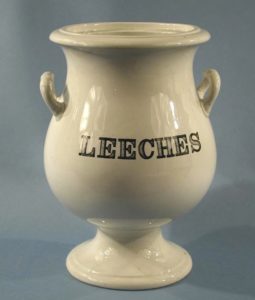
This Won’t Hurt a Bit! A Brief History of Anesthesia
After 1844, persons undergoing limb amputations, tooth extractions, and other painful procedures had reason to thank Dr. Horace Wells.
Read
Waste Not, Want Not: The Colonial Era Midden
From tools, dishes, and clothing to muskrat bones, household trash from 1700s reveals how Yankees of the era lived.
Read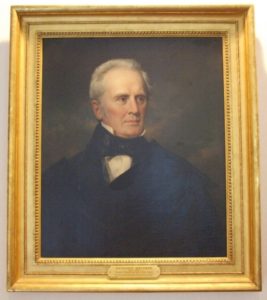
Benjamin Silliman and the Collection That Inspired the Yale Peabody Museum
Benjamin Silliman published the first American study of a meteor—having acquired access to one that fell near the town of Weston.
Read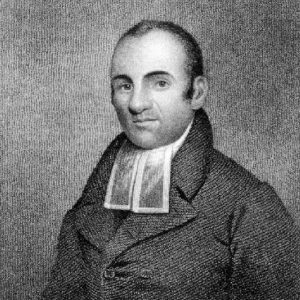
Lemuel Haynes: America’s First Black Ordained Minister
Lemuel Haynes was a father, husband, pastor, and patriot—he is widely considered to be the first Black man in America to be ordained by a Protestant church.
Read
Transit of Venus: German Scientists Visit Hartford
In the 18th and 19th centuries, the transit was an important opportunity for scientists to calculate the distance between the earth and the sun—the basis for the astronomical unit.
Read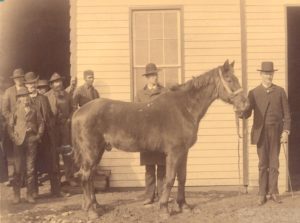
Little Sorrel, Connecticut’s Confederate War Horse
The horse Little Sorrel became one of the most famous residents of Somers, Connecticut, and a legendary figure of the Civil War.
Read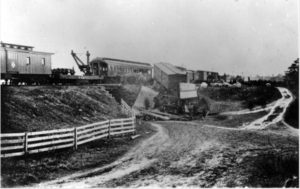
The Day Four Trains Collided in East Thompson
In 1891, Thompson, Connecticut, was the site of one of the most horrific railway accidents in American history.
Read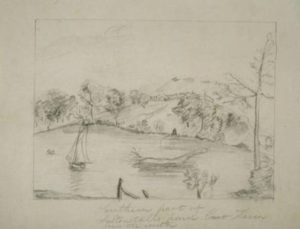
East Haven was Home to Connecticut’s First Iron Works
The roots of Connecticut’s iron industry lie in East Haven, starting in the 17th century.
Read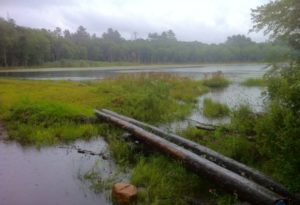
The Story of Connecticut’s Largest State Forest
Pachaug State Forest is the largest state forest in Connecticut and covers approximately 24,000 acres and crossing the borders of numerous towns.
Read
Somers School of the Prophets
The Reverend Charles Backus opened one of the more prodigious schools of the prophets in Somers, Connecticut.
Read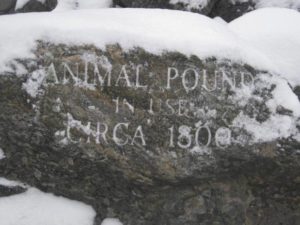
Goshen’s Animal Pound
Livestock were once a central feature and concern of daily life for Litchfield County residents.
Read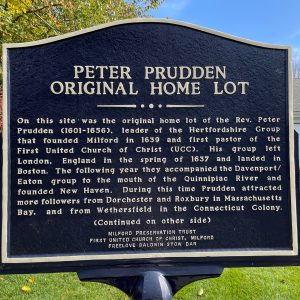
Peter Prudden: Milford’s First Minister
A pioneer preacher, a Puritan, and a scholar, Peter Prudden established the first European settlement that became the city of Milford.
Read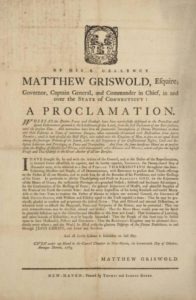
Governor Griswold’s Thanksgiving Proclamation
This broadside issued by Thomas and Samuel Green of New Haven announced the Proclamation of Governor Matthew Griswold naming Thursday the 24th of November, 1785, “a Day of Publick Thanksgiving.”
Read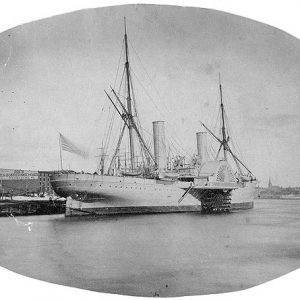
They Also Served: Chinese, Southeast Asians, and Hawaiians in the American Civil War
There were a substantial number of Chinese, Southeast Asian, and Pacific Islanders who fought in the Civil War—many of whom served in Connecticut regiments.
Read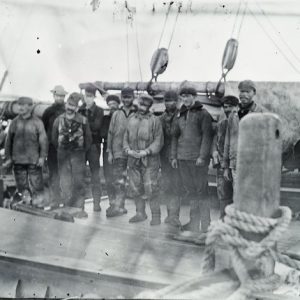
Africans in Search of the American Dream: Cape Verdean Whalers and Sealers
Cape Verdeans formed parts of whaling and sealing crews leaving Connecticut since the early 19th century, sometimes even rising to positions of authority.
Read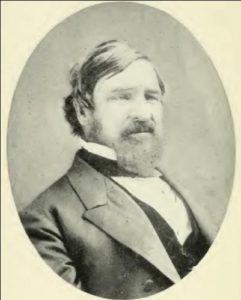
Nathaniel Palmer discovers Antarctica – Today in History: November 18
On November 18, 1820, Nathaniel Brown Palmer of Stonington, Connecticut, discovered the mainland of Antarctica, one of the seven continents.
Read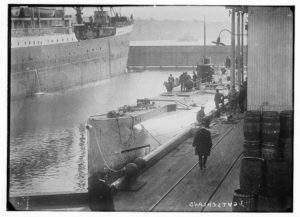
New London Harbors a German Submarine During World War I – Who Knew?
The German merchant submarine Deutschland made two trips to America, including one to New London, Connecticut, during World War I.
Read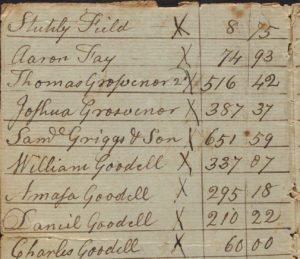
The Connecticut Poll Tax
The Connecticut poll tax lasted for almost 300 years and encompassed four different variants.
Read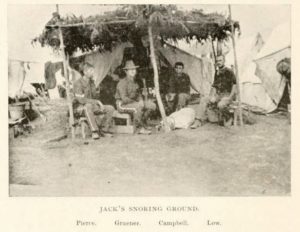
Jack Brutus, Connecticut War Dog – Who Knew?
Jack Brutus’s military status was unofficial, but he became the official mascot of Company K of the First Connecticut Volunteer Infantry during the Spanish-American War.
Read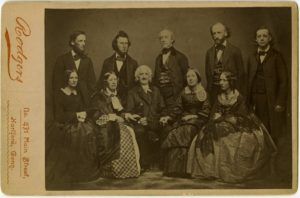
Scandal in the Beecher Family
An alleged affair between Elizabeth Tilton and Henry Ward Beecher became public in 1872 and inspired a series of lawsuits for libel.
Read
Connecticut Residents Did Not Let Veterans Day “Go Commercial.”
Despite passage of the federal Uniform Holiday Bill in 1968, Connecticut residents were largely reluctant to move Veterans Day observances from November 11.
Read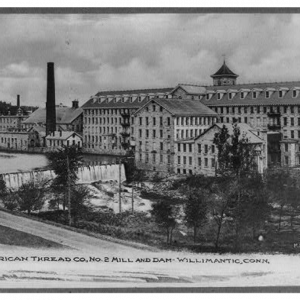
Willimantic’s American Thread Plant–A Multinational Corporate Takeover
American Thread’s arrival in Willimantic in 1899 demonstrates Connecticut’s role in the Progressive Era’s “rise of big business” and “incorporation of America.”
Read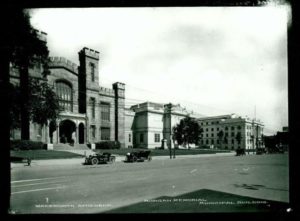
The Wadsworth Atheneum Museum of Art
Founded in 1842, this ever-evolving institution is the oldest, continuously operating public art museum in the United States.
Read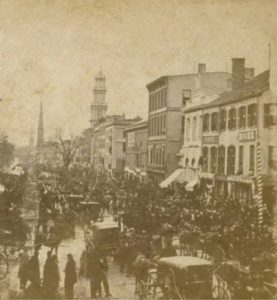
When Elections in Hartford Were a Piece of Cake
Unlike today, in the 18th and 19th centuries, Election Day met with great celebration.
Read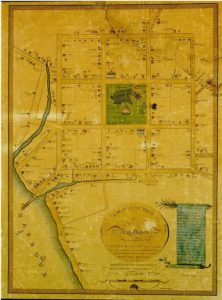
Why Was New Haven Divided into Nine Squares?
The layout of New Haven’s nine-square grid, though not the plan itself, is attributed to the original settlers’ surveyor, John Brockett.
ReadMore Articles



